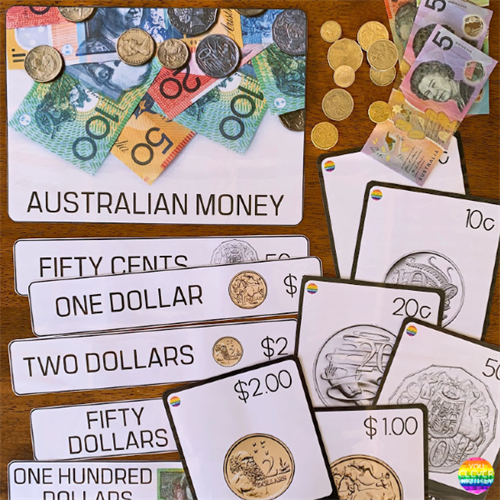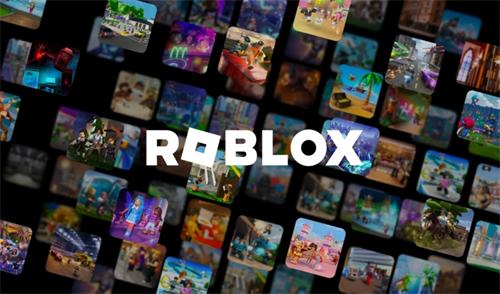Money Lessons Every 10-Year-Old Should Learn

As parents, we often give our children pocket money, but rarely do we sit down and have a serious conversation about money. In reality, a child’s understanding of money and how to use it begins forming at a very young age. Especially around the age of 10—a period of rapid cognitive development—introducing a thoughtful and systematic approach to financial education can help children build a healthy attitude toward money and lay a strong foundation for independent living in the future.
There’s a striking quote from Rich Dad Poor Dad that serves as a wake-up call:
“Even if you don’t teach your kids about money, someone else will. It could be a lender, a scammer, a policeman, or a con artist.”
This isn’t fearmongering—it’s a reflection of how the real world works. If we as parents don’t take the lead in teaching our kids about the nature of money and how to manage it responsibly, they may end up learning those lessons the hard way.
Financial Education Is Life Education
Many parents assume that teaching kids about money means teaching them how to earn it. But what’s more important is helping them understand where money comes from, how to spend it, why we spend it, and when we shouldn’t. For instance, when a child receives some money, how should they plan to use it? If they want to buy something expensive but can’t afford it yet, what should they do? Should we satisfy their wants right away—or guide them to save, wait, and plan?
These are all real-life questions. And we, as parents, may realize only too late that our kids are confused about money—mainly because we never properly explained it to them.
Let’s say your child wants to buy a cool bicycle or a science kit. How can they achieve that goal? This could be a great opportunity for them to go through a “save for a goal” experience—one where they learn about delayed gratification, planning, and self-control.
Pocket Money: The Best Financial "Laboratory"
Robert Kiyosaki, author of Rich Dad Poor Dad, once said, “Allowance is the laboratory for learning money management.” That’s exactly right. Pocket money is often a child’s first hands-on experience with money. But if we just hand over cash weekly or monthly with no structure or guidance, that “experiment” might turn into a pattern of waste.
To help children truly grow through this process, try giving it a sense of ceremony—by signing a Pocket Money Agreement. When a child signs or stamps this agreement, it becomes more than just a verbal promise—it becomes an official responsibility. And for us as parents, it’s a reminder to respect that agreement too. We are handing over partial control of the money and giving our children the freedom—and responsibility—to make their own choices. This also helps develop a sense of ownership and awareness of property rights.
What Should a Pocket Money Agreement Include?
1. Set a Regular Payment Schedule
This could be weekly, bi-weekly, or monthly. Once you've agreed on a payment schedule, be consistent and follow through each time. If the child wants to receive money earlier due to a special reason, they must apply and explain why.
2. Decide on a Reasonable Amount
The amount should be tailored to the child’s age, maturity level, and social needs. Too much money may reduce the motivation to plan; too little may discourage participation.
3. Define Clear Spending Boundaries
Even though we’re giving kids some freedom, there need to be basic rules. For example: money can be spent on toys, snacks, or books, but not on dangerous, prohibited, or harmful items, and not for activities that hurt others. This is not just about money—it’s a lesson in values.
4. Set a Savings Rule
Agree on a percentage to be saved each time, such as 20% or 30%. This teaches children to control impulsive spending and build habits of long-term thinking and goal-setting.
Financial Education Builds Core Life Values
The ultimate goal of teaching kids about money isn’t to raise “smart spenders,” but to shape thoughtful, capable individuals. Here are key principles children can gradually build through financial education:
Earn with Integrity
Teach kids that money must be earned in ways that respect laws, health, and morality. No amount of money is worth compromising one’s body, ethics, or conscience.
Spend with Purpose
Teach children to recognize the difference between things they truly need and things they simply wish to have. Don’t buy something just because it’s cheap, and don’t avoid something valuable just because it’s expensive. Spending should align with personal values and needs—not impulsive desires.
Wisdom Over Wealth
Make it clear: it’s not the amount of money in the bank that matters most, but whether you have the knowledge and wisdom to use it well. Earn with skill, manage with thought, and spend with purpose—that’s how to avoid being controlled by money.
Credit and Trust Matter
If you borrow money—from a bank, friend, or parent—it must be paid back on time. Teach children not to overdraw their trust. Building a foundation of honesty and reliability early on will influence their relationships and success later in life.
Teaching kids about money isn’t about forcing them to grow up too quickly. It’s about helping them develop a deeper understanding of life. Start with something as small as pocket money, and you’ll be giving your child a chance to practice responsibility, planning, decision-making, and reflection. These lessons may not carry a price tag—but they’re some of the most valuable things your child can ever learn.
Recommended for you:







